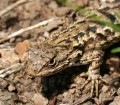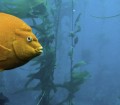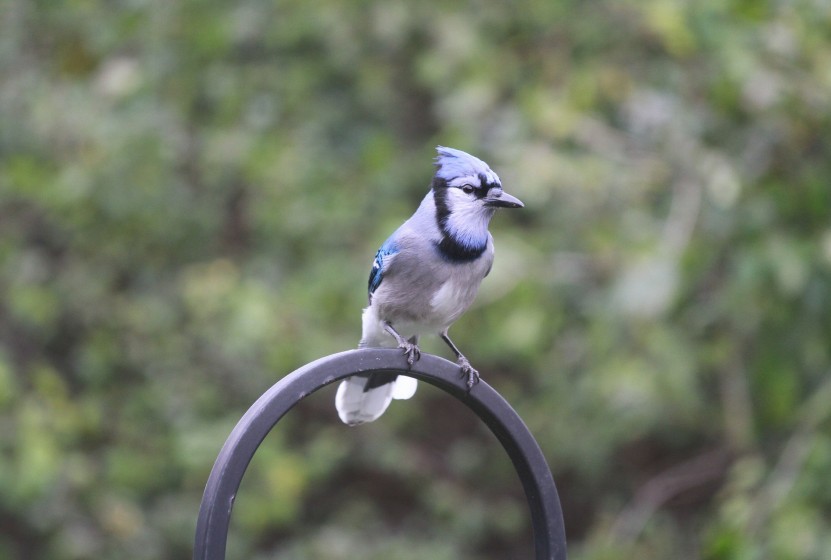Blue Jays (Cyanocitta cristata) are a very noticeable and noisy member of the Corvidae family that are commonly found along forest edges and in city parks through most of central and eastern North America. Being Corvidae Jays are cousins to crows, ravens and magpies who’s traits they share. Jays are noisy, intelligent, bold and highly adaptable birds. They are instantly recognizable due to their rich blue color, black collar and jaunty crest on top of their heads. This crest is an instant indicator of a Jay’s mood; when they are agitated it sticks straight up, while in more mellow moods it lays down. The blue plumage of the Jay is also interesting in that its color doesn’t come from pigmentation, but rather it comes from light interference caused by the internal structure of each feather. If a blue feather of a Jay is crushed, it no longer reflects blue light and instead looks black due to the damage interrupting the feather’s structural coloration.
If trickery doesn’t work Blue Jays will resort to pure audacity
Blue Jays normally eat seeds and nuts, their favorite meal being acorns. This affinity for acorns has been credited to Jays spreading oak trees across parts of North America after the last glacial period. They commonly hold their food with their foot and peck with their strong black beaks to crack tough nuts. When food is in supply, jays will hold extra in a throat pouch and cache it later similarly to Squirrels. When food is scarce and temperatures extremely cold Jays will migrate south or west, though their patterns aren’t entirely understood since individuals birds will migrate on alternating years or sometimes not at all.

Blue Jay behavior and bird calls are what really give these birds their seemingly endless personality. Blue Jay vocalization is extremely varied and is as useful to their forest neighbors as it is to themselves. When predators are detected, Blue Jays will sound an alarm that is a sign to smaller birds and animals to take cover. Blue Jays will also mimic the call of hawks to scare off danger or trick other hawks into giving away their position. If trickery doesn’t work Blue Jays will resort to pure audacity; either solo or in groups they will chase after much larger birds of prey such as owls and hawks to protect their nests and territory. Blue Jays are definitely brave and raucous birds and always a good friend to have.



